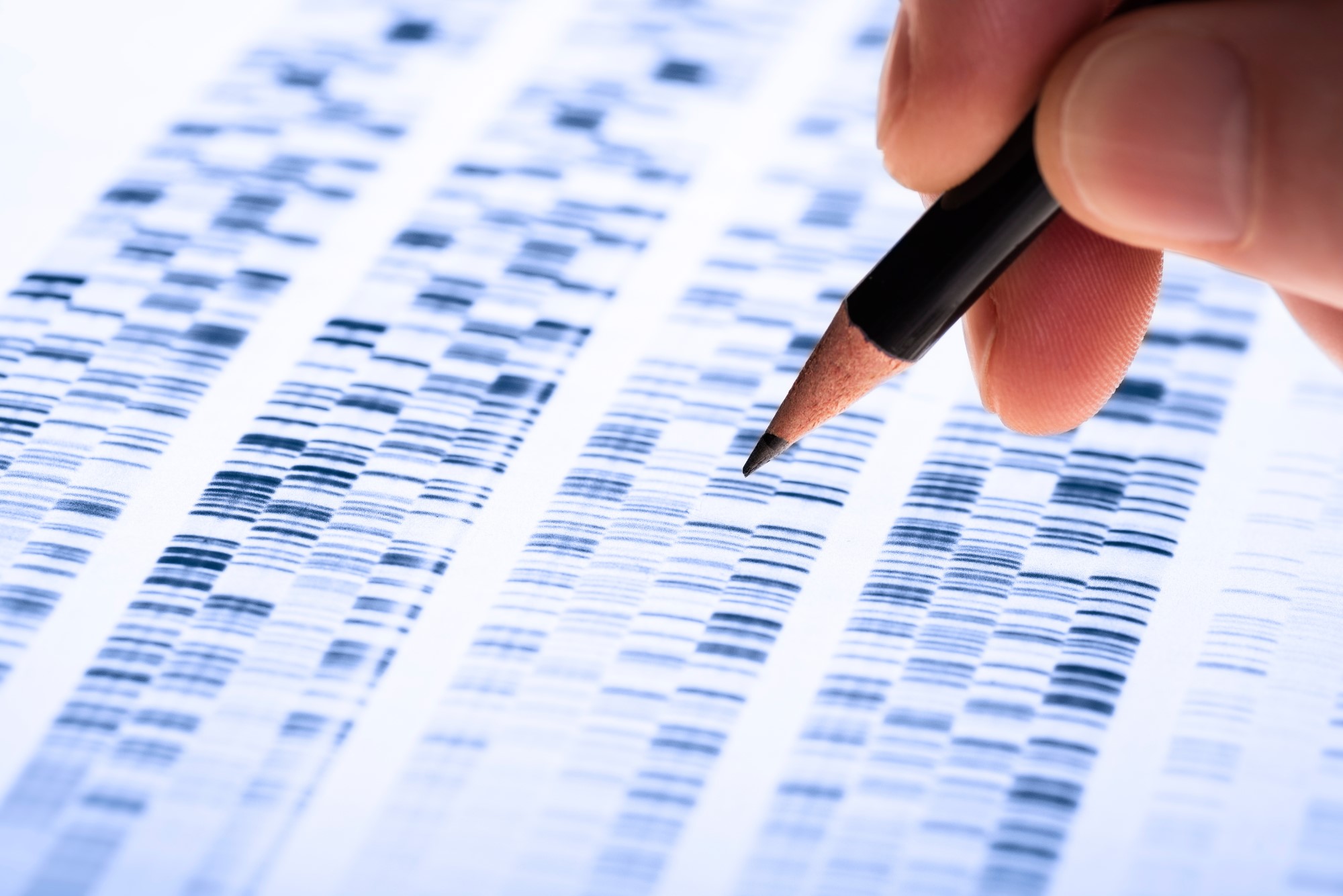Deep sea exploration has always been less attractive than space exploration, despite its undeniable scientific and industrial interest. The same is true for the exploration of the more complex part of the human genome.
The current version of the human genome sequence —labelled GRCh38— covers 92 % of the genome; all advances in genomics so far have been based on this incomplete version. The new version now published completes the remaining 8 %, including parts that are difficult to sort because they contain duplicated sequences or sequences with many repeats. Among these parts are the centromeric regions —which play an important role in cell division and reproduction processes —or the short arms of some chromosomes.
As in other explorations, success depends on combining the right technical means with the enthusiasm and capacity of a human team. In this case, the project has not been possible until the technology for sequencing large DNA fragments has reached a sufficient level of quality.
In the present work, 99 % reliability is achieved by sequencing fragments that can be up to 200 MB in size, equivalent to a human chromosome from end to end or, in other words, from telomere to telomere. Telomeres are the ends of chromosomes, which is why the authors of the work are part of an international consortium called Telomere-to-Telomere (T2T).
This is the first time we have complete information on a human genome
It is also important that the sequencing technology has been applied to a cell line with only one copy of each chromosome —cells usually contain two copies of each chromosome, one from the father and one from the mother— making it easier to interpret the results.
The human team of the T2T consortium, funded by the National Human Genome Research Institute of the US National Institutes of Health (NIH), has been able to tackle the many facets of the problem, from the sequencing itself to the interpretation of the data, now reflected in a long series of publications.
The sequencing of a 'complete' genome is therefore a feat: it is the first time that we have the complete information on a human genome 20 years after the completion of the first draft.
This new version —labelled T2T-CHM13— has already made it possible to locate mutations and changes associated with conditions and diseases that we did not know about until now. This information is particularly relevant in the case of neurological diseases related to chromosome segment duplications.
The new sequence allows us to study genes in regions potentially involved in the speciation processes that gave rise to modern humans
T2T-CHM13 also introduces fundamental elements for the study of the generation and evolution of new genes in centromeric regions associated with the reorganisation of the genome during the pairing of maternal and paternal chromosomes.
These regions are potentially involved in the processes of creating variability between individuals, and could be of interest in helping to understand the very evolutionary history of our species: centromere repeats are specific to humans and could be associated with the process of primate speciation that eventually gave rise to Homo sapiens. Beyond the technology, the latter is perhaps the most striking aspect of this work.
In addition, this new version of the complete genome represents the missing framework for studying and quantifying interpersonal variability in complex regions, presumably related to disease propensity, with less costly techniques.
We know that this new version will be followed by revisions, updates. A new situation that will in turn demand new algorithms capable of representing and analysing increasingly complex information. The human genome will continue to surprise us for a long time to come.

